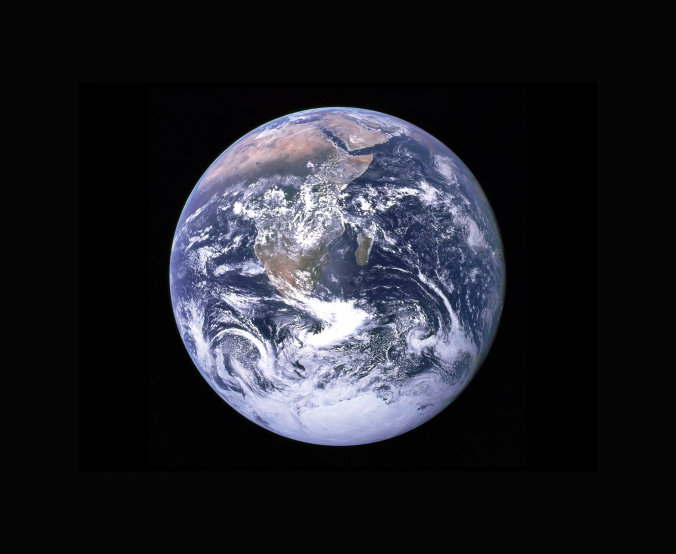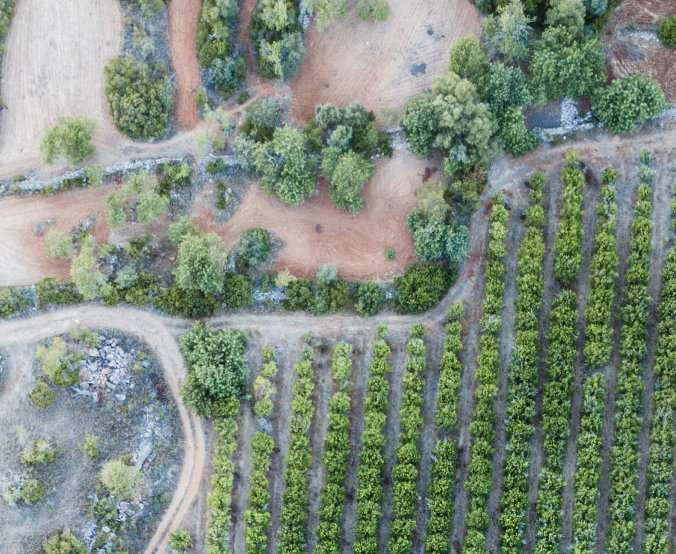OUR IMPACT(FUL) FOOTPRINT
-25% KG CO2e
A made-to-order model reduces the Global Warming Potential of the Cotton T-Shirt by 25%.
Made To Order vs. Mass Production
At Son of a Tailor, we're all about reengineering the clothing industry by making the best possible product. For you. But also for the planet.
With our made-to-order model, we deliver perfect fit, always. And reduce clothing's environmental footprint. But how much exactly? We ran the numbers for our Cotton T-Shirt.
Made To Order
Mass production
Global Warming Potential of the Cotton T-Shirt from raw material to distribution.
- Mass production
- Made to order
The key difference between made to order and mass production is the amount of items produced. While for made to order, each product is only made when it's needed, mass production means the products are made in bulk upfront. Building these huge inventories requires a lot of resources, whether the garments will eventually be sold and worn or not.


| Life cycle step | Made To Order | Mass Production |
|---|---|---|
| KG CO2e | KG CO2e | |
| Raw materials | +1.07 KG CO2e | +1.52 KG CO2e |
| Transport to production Transport | +0.02 KG CO2e | +0.03 KG CO2e |
| Fabric knitting | +0.37 KG CO2e | +0.53 KG CO2e |
| Confectioning | +0.16 KG CO2e | +0.22 KG CO2e |
| Transport to distribution center Transport | +0.48 KG CO2e | +0.58 KG CO2e |
| Distribution | +0.73 KG CO2e | +0.90 KG CO2e |
| Total | 2.83 KG CO2e | 3.79 KG CO2e |
In both models, the raw material stage is the most resource-intensive, followed by the distribution. Again, the average impact per garment is significantly higher in mass production due to overproduction.
The 2023 impact
In 2023, we made more than 80,000 T-Shirts. By producing only what was needed, we cut waste and reduced CO2 emissions. The result? 83,725 KG CO2e saved.
*Number based on the sales of O-Neck, V-Neck, and Hi-Neck Cotton T-Shirts.
**Number compared to if same amount of T-Shirts had been produced by way of mass production.
“Made to order combines customer benefit with a lower environmental footprint. We've built a production model that makes this work at scale and we hope that by doing so we inspire other brands to follow suit.”
There's more to a garment's impact than Global Warming Potential…
Beyond the savings of 25% in Global Warming Potential, the made-to-order model saves 29% in Water Scarcity, 29% in Freshwater Ecotoxicity, and 29% in Land Use compared to a mass-production model.

Global Warming Potential
Savings: - 25%
The Global Warming Potential associated with a product describes how the emissions caused by its production and consumption contribute to global warming. It's a metric used to relate different greenhouse gases and is measured in kg CO2e.

Water Scarcity
Savings: - 29%
Water Scarcity describes the water footprint associated with a product by relating the water usage caused by its production and consumption to the local availability of water (or lack thereof). It's measured in m3.

Freshwater Ecotoxicity
Savings: - 29%
Freshwater Ecotoxicity describes the toxic effects of chemicals released by a product's production and consumption on an ecosystem, in this case on the freshwater. It's measured in 1.4 kg DCB.

Land Use
Savings: - 29%
Land Use describes the extent to which a product's production and consumption requires the occupation and/or transformation of land. It's measured in m2.
The Fine Print
A Life Cycle Analysis (often shortened to LCA) is a scientific method to assess a product's environmental footprint throughout its entire life cycle, in this case from raw material to distribution.
This Life Cycle Analysis compares the footprint of our Cotton T-Shirt in two different production models: Son of a Tailor's custom-fit, made-to-order model as well as a fictional model that replaced made-to-order with made-to-stock while keeping all other parameters like raw materials, production facilities, etc. equal.
The LCA is based on ISO 14040 14044 and has been third-party-verified.